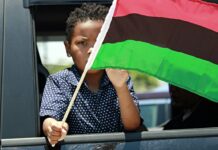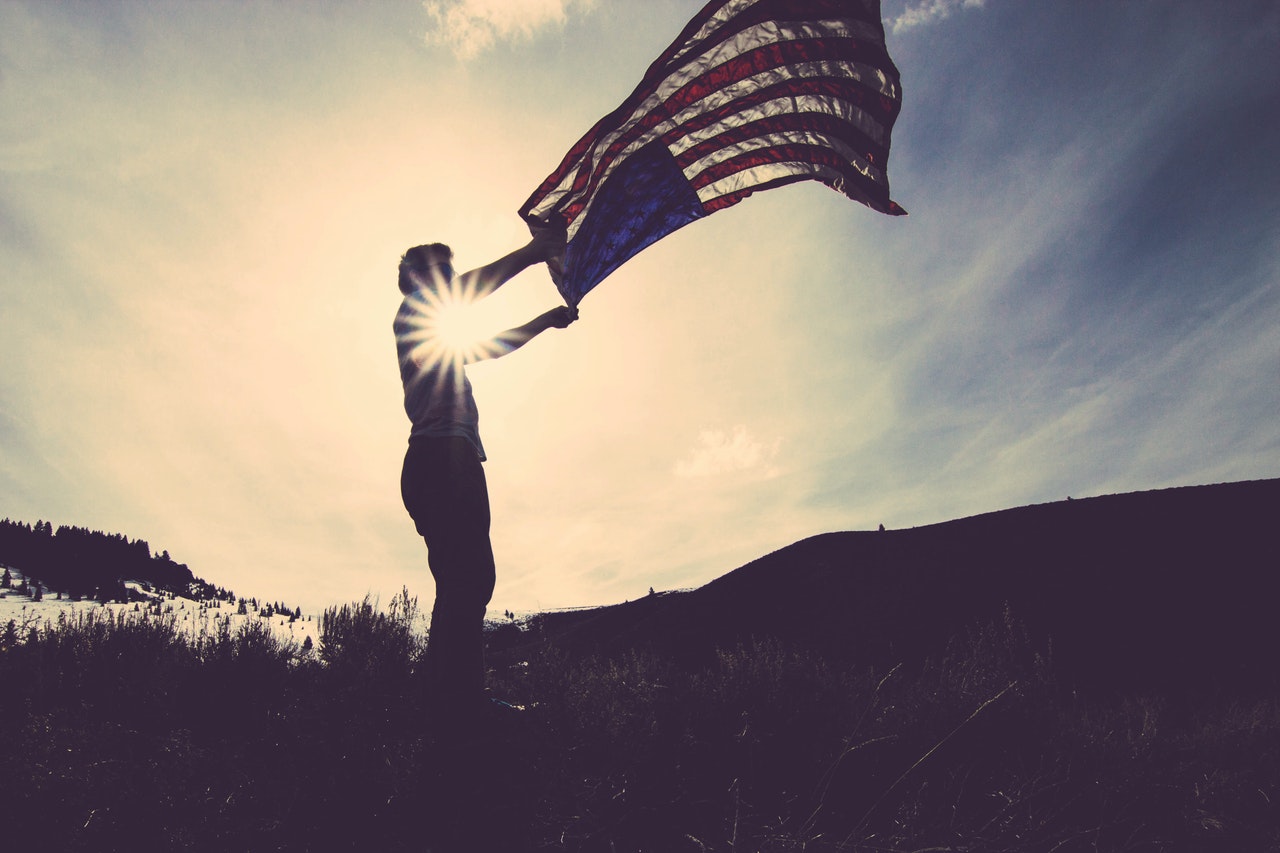The two nations on the North American continent that celebrate independence from Great Britain do so three days apart each year. Here in Toronto, this year’s Canada Day celebrations on July 1 were muted, despite the easing of pandemic restrictions to allow for public gatherings such as backyard barbecues and community fireworks. Many Canadians chose to spend the day reflecting: quietly foregoing exuberant celebration, flying the Canadian flag at half-mast, or attending one of several public vigils held across the country to commemorate the recent discoveries of three mass graves containing the bodies of more than 1,000 indigenous children who died from abuse or neglect at three of Canada’s infamous Residential Schools.[1] Being confronted with the bigoted, genocidal reality of Canada’s colonialist history in such a graphic way simply took the wind out of people’s flag-waving fervor.
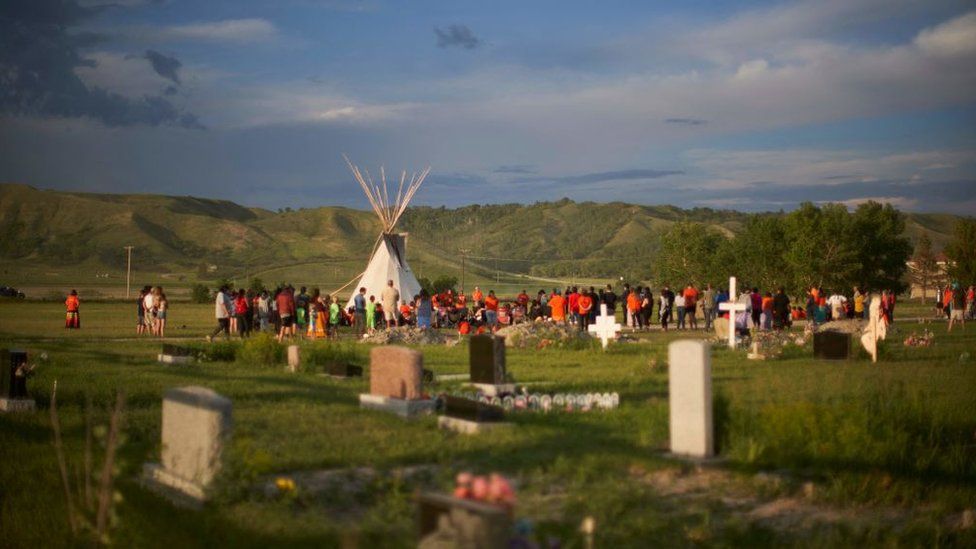
That doesn’t mean there’s nothing good or positive about Canada to celebrate. There most certainly is! The health care is amazing, and US News and World Report has ranked Canada the number one country in the world for quality of life for the second consecutive year.[2] These discoveries simply mean a more nuanced and honest view of Canada’s past, present, and future is called for.
For a growing number of Americans, Independence Day 2021 dawns with a similar sobriety. There’s something in the air other than humidity and charcoal smoke. This is more than the first Fourth of July after the isolation and restrictions of the COVID-19 lockdown. It’s the first Independence Day to occur after global pandemic newly exposed and exasperated the great disparities of American society. It’s the first Independence Day to occur following the Capitol insurrection on January 6, during which five people died, including a police officer who was bludgeoned to death with a flagpole while insurrectionists sang the Star-Spangled Banner – an insurrection incited by a former President whose ego could not accept defeat then and whose thoroughly debunked claims of voter fraud continue even now.
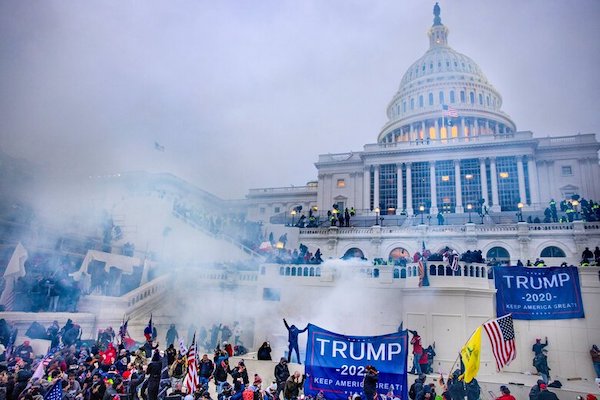
This doesn’t mean we don’t have anything worth celebrating as Americans. We certainly do, whether we live at home or abroad. Five years living in Canada has helped me to recognize ways in which I am distinctly American, and I am proud of the distinctive ideals, opportunities, and innovative spirit that have helped America achieve so much and graced it with the potential to become so much more: The constitutional rights we too often take for granted, including the right – and the willingness – to protest for right. The universities that continue to drive advances in science, engineering, medicine, and the arts. The music that serves as the backbeat of global 21st century life. And, of course, the mRNA vaccines that are responsible for getting our nation and others around the world out of the pandemic. These realities simply mean that a more nuanced and honest view of America’s past, present, and future is called for.
“America, like Canada, has now seen things that it cannot unsee and we must do more than applaud our nation’s particular merits. We must also reckon with the specters of our nation’s particular evils and persistent addictions”
The trouble with boilerplate American patriotism is that it only sees three colors, and any factually rendered portrait of the American experience – the American reality –requires a much broader palette. America, like Canada, has now seen things that it cannot unsee and we must do more than applaud our nation’s particular merits. We must also reckon with the specters of our nation’s particular evils and persistent addictions: generational excesses of violence, discrimination, greed, and self-righteousness that undermine the strength of our merits, distort the present, and constrain our future.
For too long, too many Americans have been denied a fair share in the benefits of America’s achievements because so much of our social, economic, and political practice has been and remains divorced from our foundational ideals that all men are created equal, that they are endowed by their Creator with certain unalienable Rights, that among these are Life, Liberty and the pursuit of Happiness. And for too long we have told ourselves star-spangled myths and legends about America that mask this divorce. The COVID-19 pandemic, however, has pulled the mask off, and a return to pre-COVID patriotism simply won’t do. So, as we prepare to fire up the grill and light up the sky with fireworks, we must do so with our eyes open to disharmony and the discord in our midst:[3]
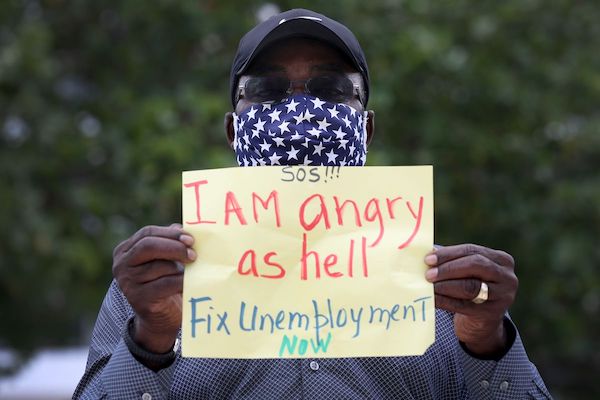
According to University of Chicago researchers, the lowest-income group in America had the highest pandemic job loss rate between February 1 and June 30, 2020, while the highest-income workers had the lowest job loss rate during this same period.
The combined wealth of all U.S. billionaires (664 people) increased by $1.138 trillion (39 percent) between March 18, 2020 and January 18, 2021. The richest five (Jeff Bezos, Bill Gates, Mark Zuckerberg, Warren Buffett, and Elon Musk) saw an 85 percent increase in their combined wealth during this period, from $358 billion to $661 billion.[4]
Meanwhile, Feeding America projects that 45 million Americans and 15 million children were food insecure in 2020, with Black Americans being twice as likely to be food insecure as White Americans.

Medical debt, already a leading cause of personal bankruptcies in the US,[5] has also grown during the pandemic with many US workers losing their medical insurance along their jobs. One 2020 survey indicates that 56% of American adults have medical debt that has gone to collections.[6]
Total student loan debt increased more than 8% in 2020 and continues to grow six times faster than the American economy.[7] Black students typically take on more debt than their White counterparts in order to attend college and they take longer to pay it down, incurring more interest in the process, because even with a college degree, Black workers earn less than their white colleagues.[8]
Black Americans also have COVID mortality rates that are significantly higher than all other race and ethnic groups except for Indigenous people. For each 100,000 Americans (of their respective group), about 256 Indigenous people and 179 Black people, 176 Pacific Islanders and 147 Latinx people have died from the coronavirus, compared to 150 Whites and 96 Asians, as of March 2, 2021.
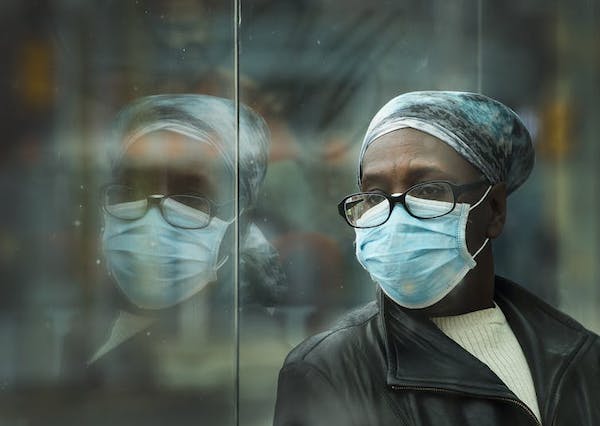
Furthermore, Black infection and death rates are significantly higher than their vaccination rates according to data from 23 states analyzed by the Kaiser Family Foundation. Louisiana has the widest gap, with Black death rates 26 percentage points higher than Black vaccination rates.
“A nation whose people labor long and hard and yet cannot afford more than the basics of life, who are perpetually discriminated against because of their race – not to mention sex or gender identity – and who are indentured to their medical and collegiate debt do not possess liberty and cannot meaningfully pursue happiness.”
If we truly believe in “life, liberty, and the pursuit of happiness,” then we need to ask ourselves how we arrived at a social landscape with these contours. And then we need to get to work to undo this unAmerican (and I would add unholy) landscaping. It won’t change overnight. These snapshot statistics represent trends decades in the making. Since 1979, worker productivity has increased more than 72% while inflation adjusted compensation for the average American worker has remained virtually flat.[9] But it won’t change at all if we don’t come together and work for liberty and justice for all. And make no mistake: this landscaping must change if we want to be half the nation we declare ourselves to be on July 4. A nation whose people labor long and hard and yet cannot afford more than the basics of life (if that!),[10] who are perpetually discriminated against because of their race – not to mention sex or gender identity – and who are indentured to their medical and collegiate debt do not possess liberty and cannot meaningfully pursue happiness.
[1] There were 139 known Residential Schools in Canada. The last one closed in 1996.
[2] https://www.usnews.com/news/best-countries/quality-of-life-rankings
[3] Main source: https://inequality.org/facts/inequality-and-covid-19/
[4] The American trend mirrors the global trend. According to Oxfam, global billionaire wealth increased by $3.9 trillion. In contrast, global workers’ combined earnings fell by $3.7 trillion, according to the International Labour Organization, due to pandemic job losses.
[5] https://www.thebalance.com/medical-bankruptcy-statistics-4154729
[6] https://www.usatoday.com/story/money/2020/09/18/unemployment-americans-face-45-b-worth-medical-debt-collections/3480192001/
[7] https://educationdata.org/student-loan-debt-statistics. The national student debt load now stands at an estimated $1.73 trillion.
[8] https://www.cnbc.com/2020/06/12/how-student-debt-became-a-1point6-trillion-crisis.html White borrowers pay down their education debt at a rate of 10% a year, compared with 4% for Black borrowers. The Economic Policy Institute finds that after controlling for age, gender, education, and region, black workers are paid 16.2 percent less than white workers.
[9] https://www.epi.org/productivity-pay-gap/
[10] The National Low Income Housing Coalition (NLIHC) calculates there are only four states in the union (Arkansas, Kentucky, Mississippi, and West Virginia) where a worker making $15 an hour can truly afford a two-bedroom apartment.





